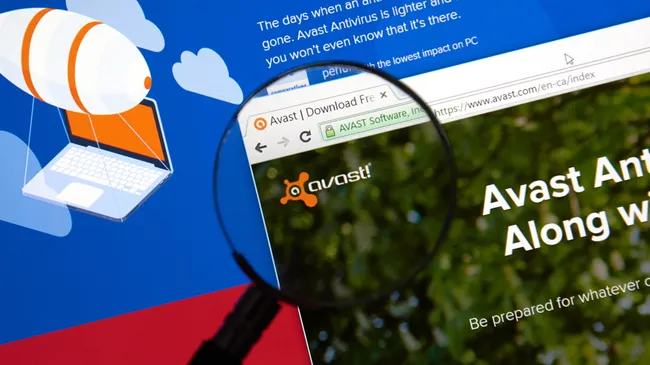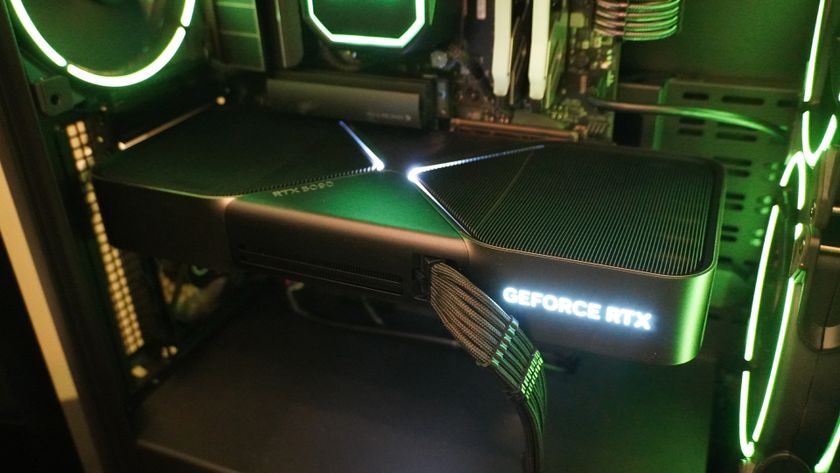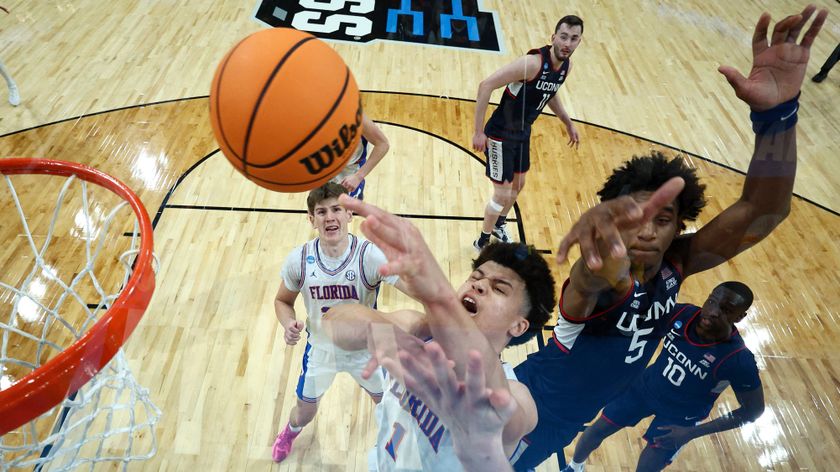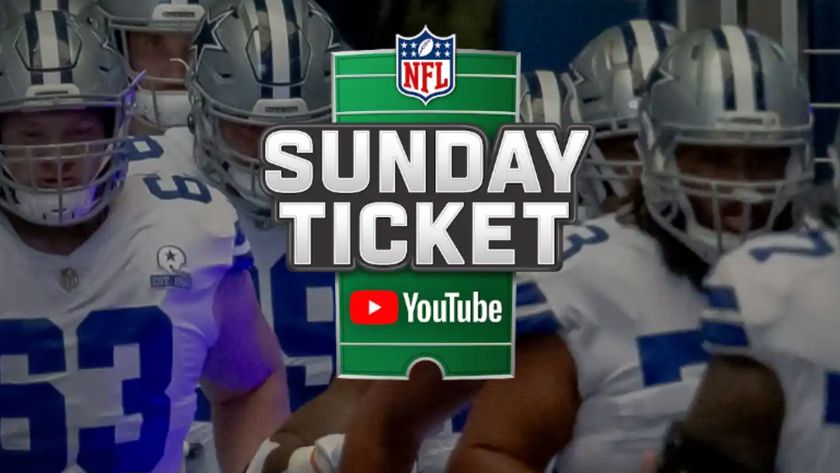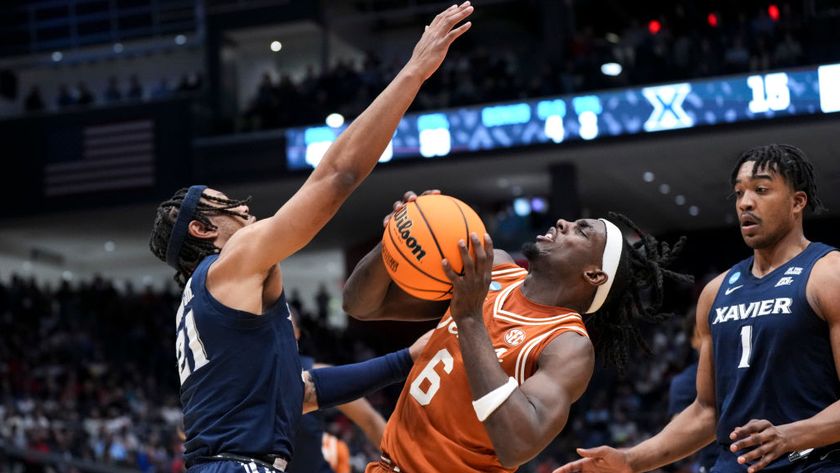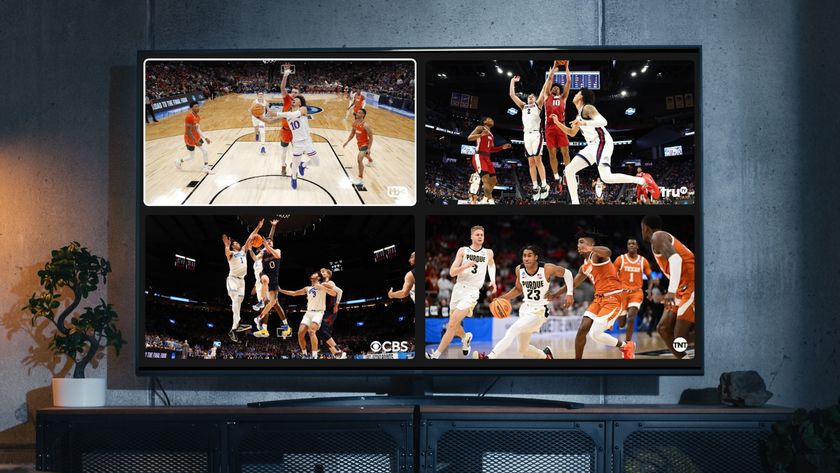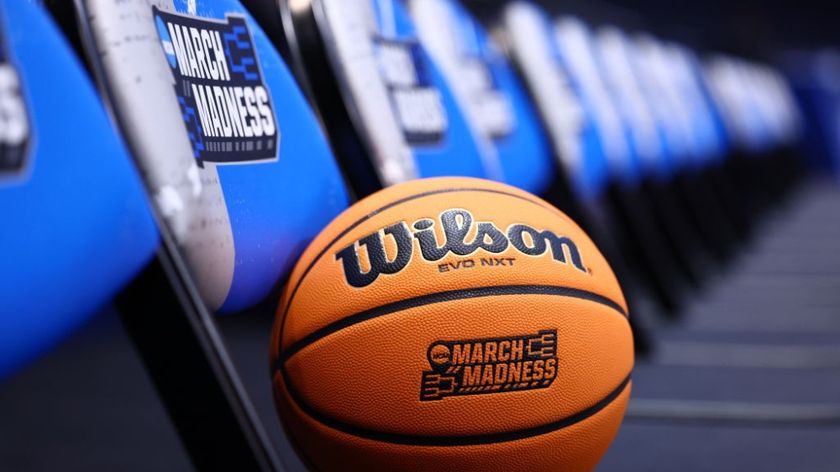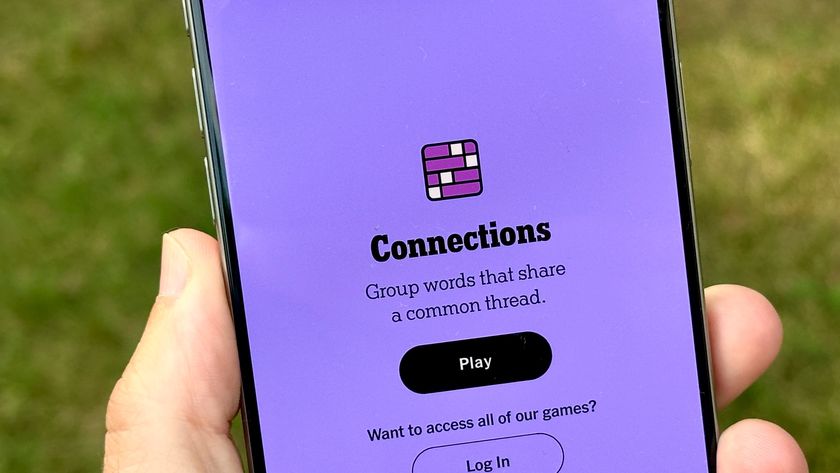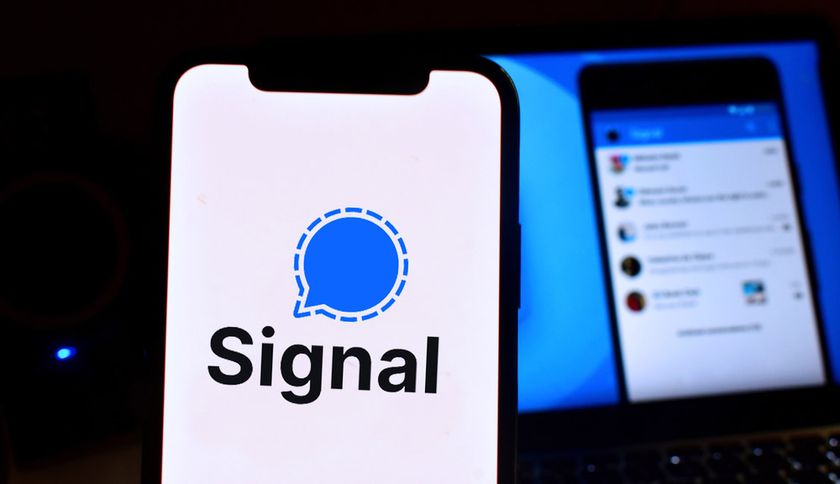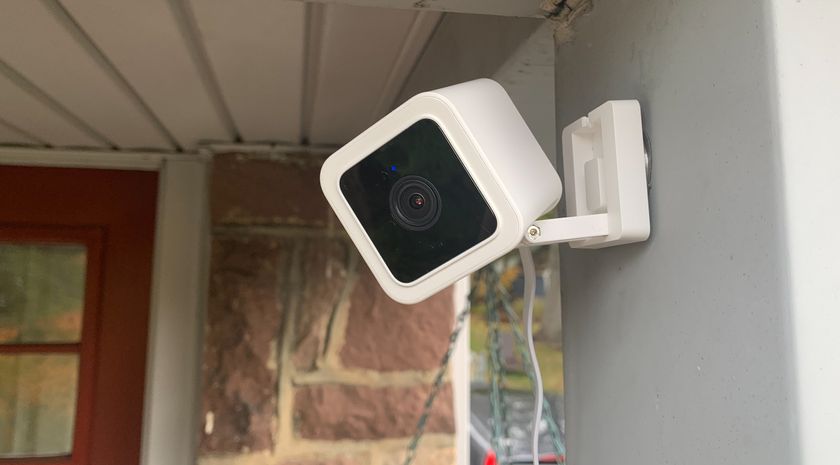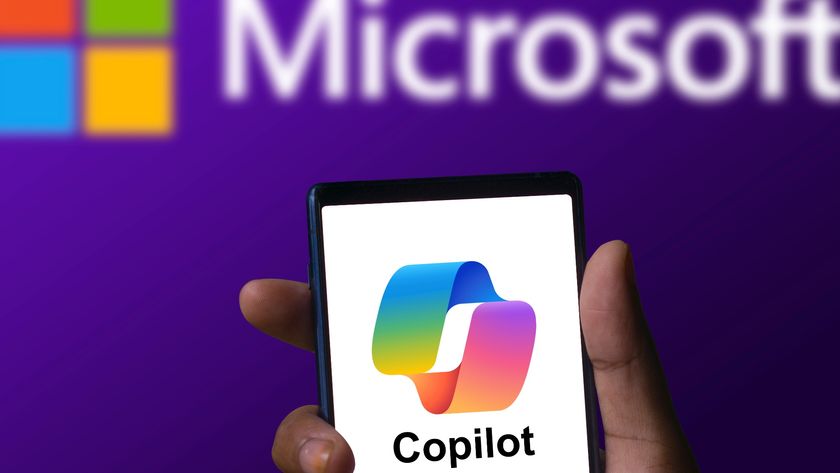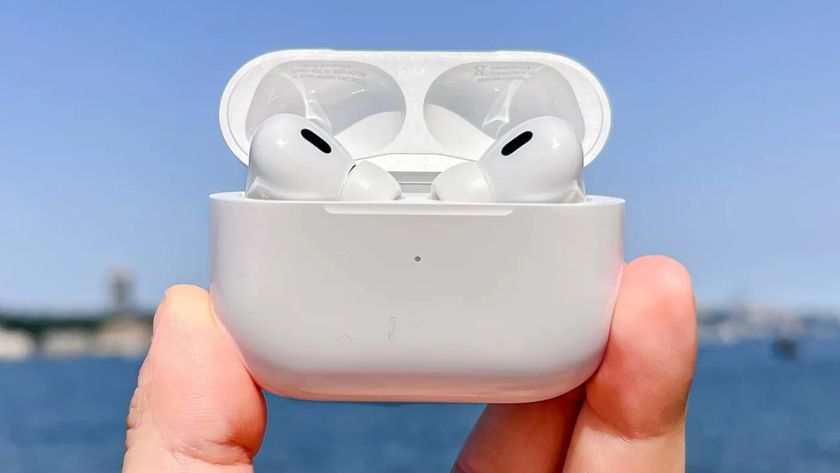Inflation-relief checks go to California residents this week — what to know
Starting this Friday, California will begin making inflation-relief payments to residents
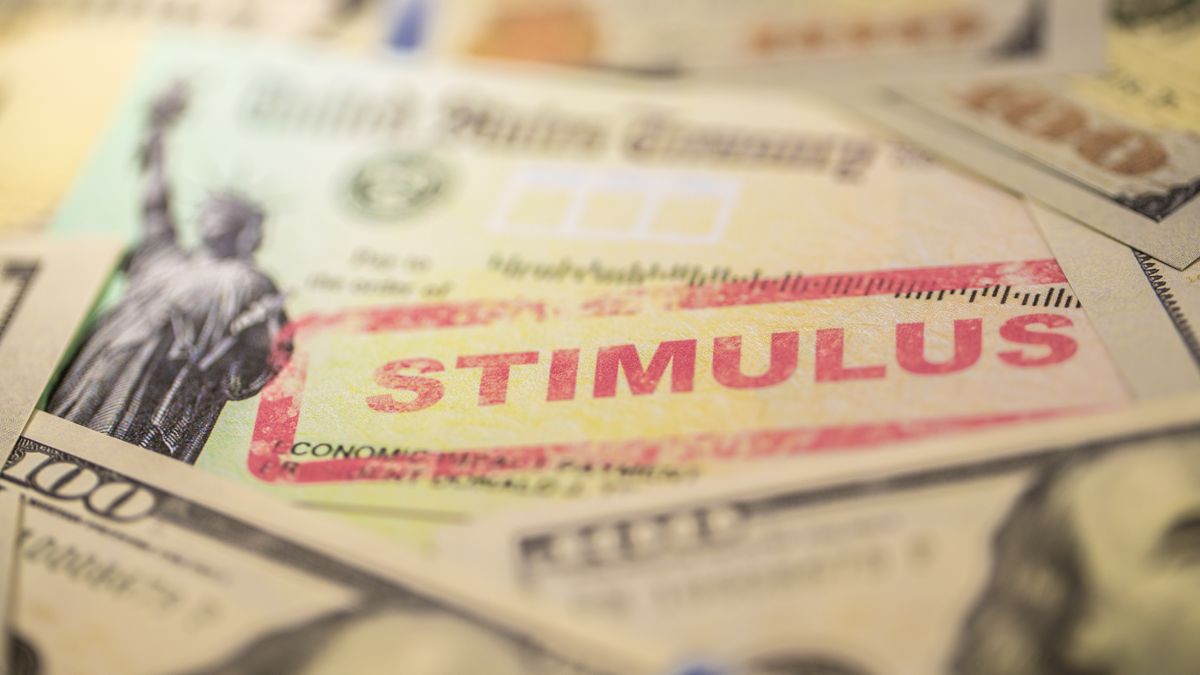
The first phase of California’s state inflation-relief payments, the Middle Class Tax Refund, will begin on Friday, October 7th.
The state is sending payments out in phases depending on how each payment will be received, either through direct deposit or debit card. Form of payment is determined by how you received your 2020 tax refund. If you received it in the form of a direct deposit, then you’ll receive your inflation-relief payment in the same way.
This first phase of payments on Friday will be sent to those who qualified for the Golden State Stimulus payments and are also receiving payment in the form of a direct deposit. These payments will continue from October 7th through October 25th, so keep an eye out for this deposit in the following weeks.
Remaining residents who didn’t qualify for the Golden State Stimulus payments will still receive payment in the form of a direct deposit. Those individuals can expect to receive payment from October 28 to November 14.
If you will be receiving the Middle Class Tax Refund in the form of a debit card, on the other hand, you can expect to receive payments starting on the 25th of this month. All other debit cards will be sent by January 15th, 2023.
Here’s an overview of which dates payments will be sent out to varying recipients.
| Payment Date | Payment Type | Recipients |
|---|---|---|
| Oct. 7 – Oct. 25, 2022 | Direct deposit | Received Golden State Stimulus (I or II) by direct deposit |
| Oct. 28 – Nov. 14, 2022 | Direct deposit | Received 2020 state tax refund by direct deposit, but didn’t get GSS |
| Oct. 25 – Dec. 10, 2022 | Debit card | Received Golden State Stimulus by debit card |
| By Jan. 15, 2023 | Debit card | Taxpayers who don’t fall into above categories |
Payments will be between $200 and $1,050, depending on income.
Sign up to get the BEST of Tom's Guide direct to your inbox.
Get instant access to breaking news, the hottest reviews, great deals and helpful tips.
Individual filers without dependents who had a gross annual income in 2020 of $75,000 or less will receive $350. Those with an income between $75,000 and $125,000 will receive $250, while those making $125,001 to $250,000 will receive $200.
Those with dependents are also eligible for extra money. More information can be found here.
| 2020 Gross Annual Income | Payment Amount | Payment Amount with at least 1 dependent |
|---|---|---|
| $75,000 or less | $350 | $700 |
| $75,000 - $125,000 | $250 | $500 |
| $125,001 - $250,000 | $200 | $400 |
For joint tax filers, if your gross annual income in 2020 was $150,000 or less you'll receive $700. Those with an income between $150,001 to $250,000 will receive $500, while anyone making $250,001 to $500,000 will receive $400.
| 2020 Gross Annual Income | Payment Amount | Payment Amount with at least 1 dependent |
|---|---|---|
| $150,000 or less | $700 | $1,050 |
| $150,001 - $250,000 | $500 | $750 |
| $250,001 | $400 | $600 |
Not a California resident? Check here to see if you're state is issuing an inflation-relief check as well.
Next: High-yield savings account — what it is and how to open one.

Erin pairs personal experience with research and is passionate about sharing personal finance advice with others. Previously, she was a freelancer focusing on the credit card side of finance, but has branched out since then to cover other aspects of personal finance. Erin is well-versed in traditional media with reporting, interviewing and research, as well as using graphic design and video and audio storytelling to share with her readers.
